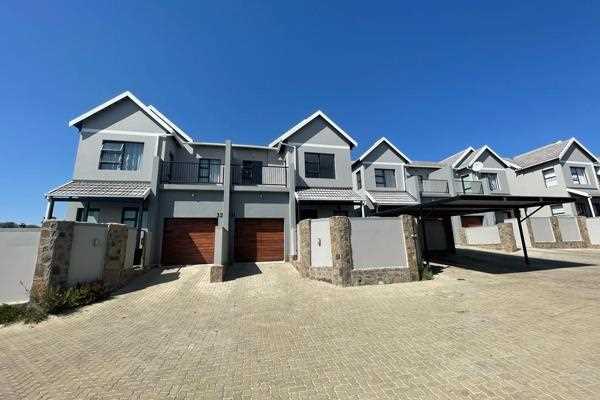
Nyashadzashe Ndoro
ZIM NOW REPORTER
Zimbabwe’s property market is experiencing a boom in cluster homes, but a new report by Knight Frank raises concerns about the long-term sustainability of this trend.
The report, which analyses property developments from the second half of 2023, sheds light on the state of the market across residential, commercial, and industrial sectors.
“Self-funded home construction continues to apace,” says Knight Frank, highlighting the lack of readily available mortgages for Zimbabweans.
This trend extends from low-income locations to affluent suburbs, with areas like Marlborough, Sunridge, and Greencroft witnessing the construction of dozens of new two-bedroom and three-bedroom units.
Financial institutions are also getting in on the act, contributing over 400 new units across the country.
The report delves into the details of cluster home pricing. While these properties offer a modern living option, Knight Frank warns that affordability may be a sticking point.
“The real estate landscape in Zimbabwe, particularly in Harare, sees a notable influx of cluster homes,” the report acknowledges.
“However, the affordability of a single unit remains beyond the means of the average Zimbabwean, raising concerns about the sustainability of these projects in the near future.”
Related Stories
Cluster homes range from US$60 000 to US$80 000 per unit in high-density areas, reaching up to US$250 000 in middle-density suburbs.
Luxury apartments are a different story altogether, the report notes.
Knight Frank reports strong demand for these high-end properties, with some buyers committing “off-plan” – before construction even begins. Prices for these luxury spaces can skyrocket to US$500 000, reflecting the growing desire for upscale living options. Knight Frank suggests that there might be a better investment opportunity in low-cost housing, where demand remains high.
Moving beyond residential, the report explores the changing landscape of office spaces. Companies are fleeing the central business district, which is transforming into a hub for small retailers. Despite this shift, “new office development from both institutional and private entities in Zimbabwe remains low”, says Knight Frank.
The report identifies office complexes on Borrowdale Road as a model for success in attracting tenants. It states that these suburban office spaces offer a more attractive environment and command monthly rentals of approximately US$125 per square meter, compared to the US$12 to US$15 per square meter range for older CBD offices.
Retail spaces are experiencing a resurgence, particularly in the CBD.
Landlords are adapting to the needs of small and medium-sized enterprises by subdividing buildings into smaller units. These adjustments have led to a 100% increase in rental rates since 2022, with spaces now fetching US$40 per square metre. Upmarket retail is also thriving, with the ongoing construction of Big Poppers Shopping Mall in Hogerty Hill a prime example. The mall will feature various stores, restaurants, and boutiques, catering for a more affluent clientele, the report reads.
Knight Frank says industrial properties are undergoing a transformation as well. The report cites a surge in interest from investors seeking warehouse space for storage, distribution, and logistics purposes. A new development, Skyport Industrial Park near the airport, exemplifies this trend.
The park offers industrial stands ranging from 7 000 to 31 000 square metres, catering to the growing demand for modern warehousing solutions.
The report also highlights the trend of repurposing industrial properties for retail use. In areas like Graniteside and Willowvale, warehouses are being converted into makeshift shopping stalls, showcasing the resourcefulness of Zimbabwe’s entrepreneurs and the adaptability of the property market.





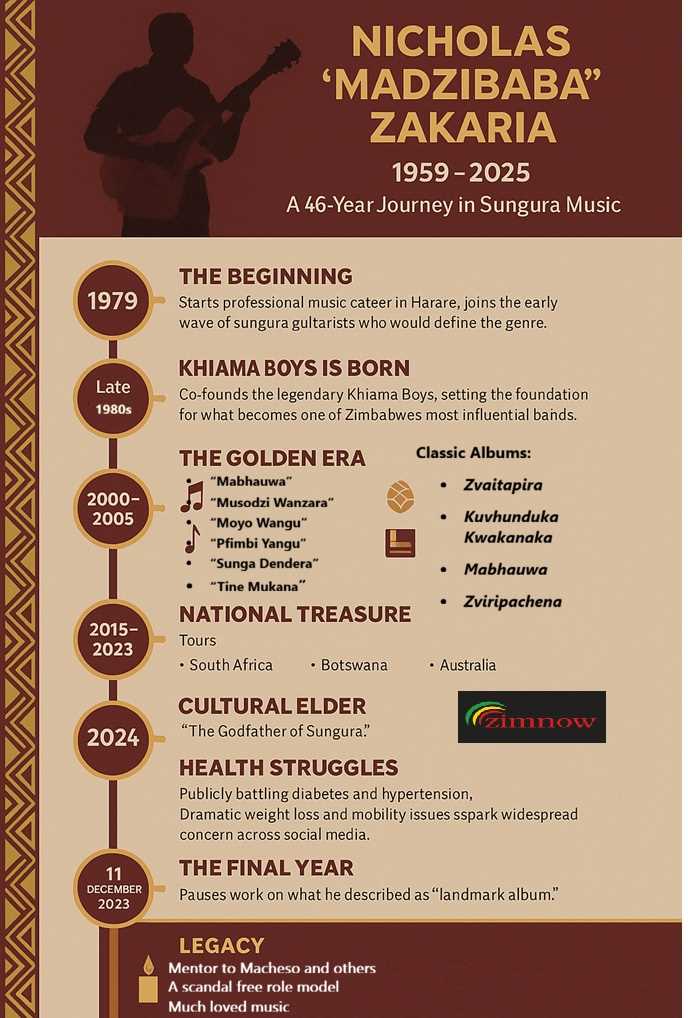




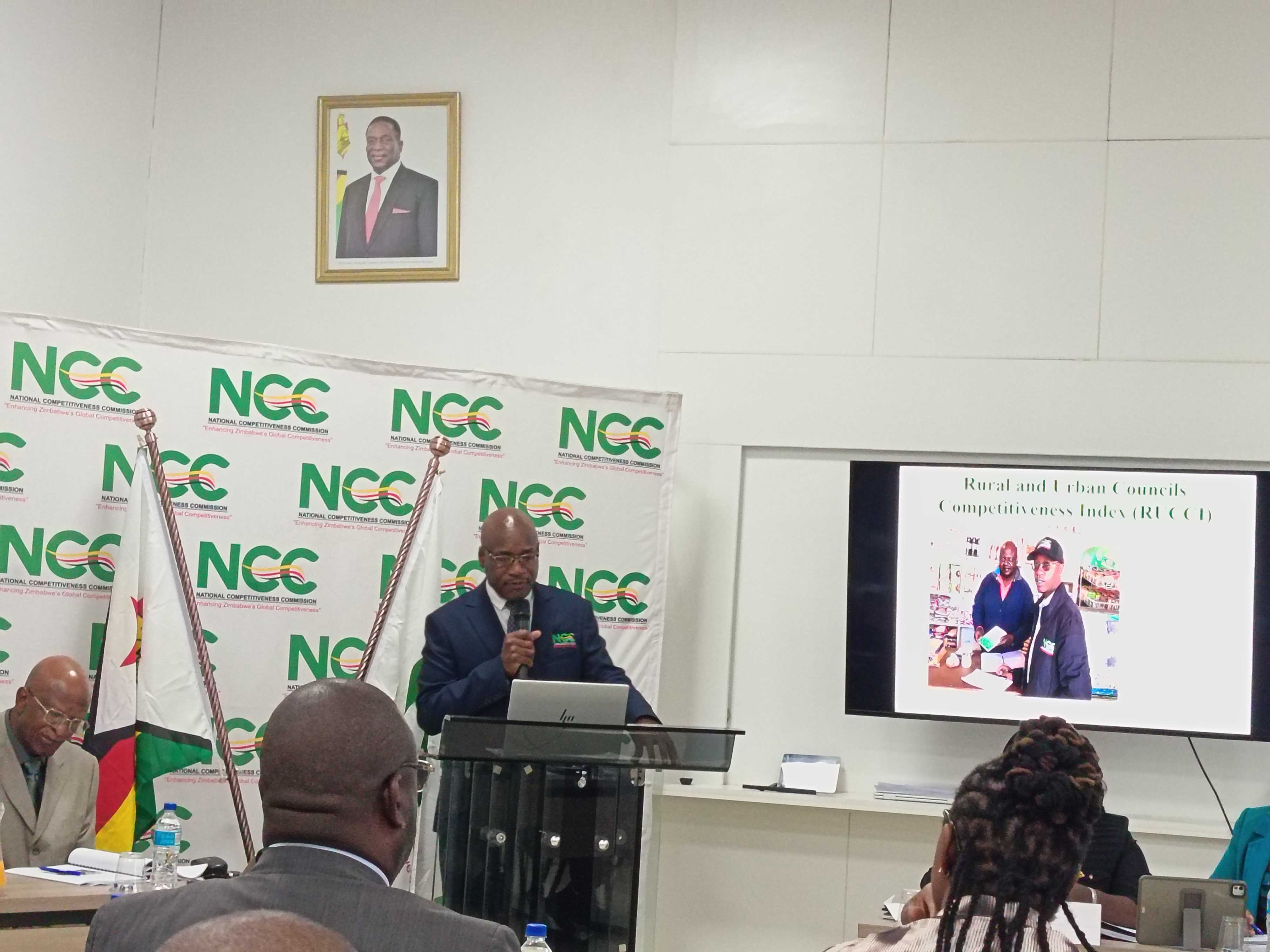
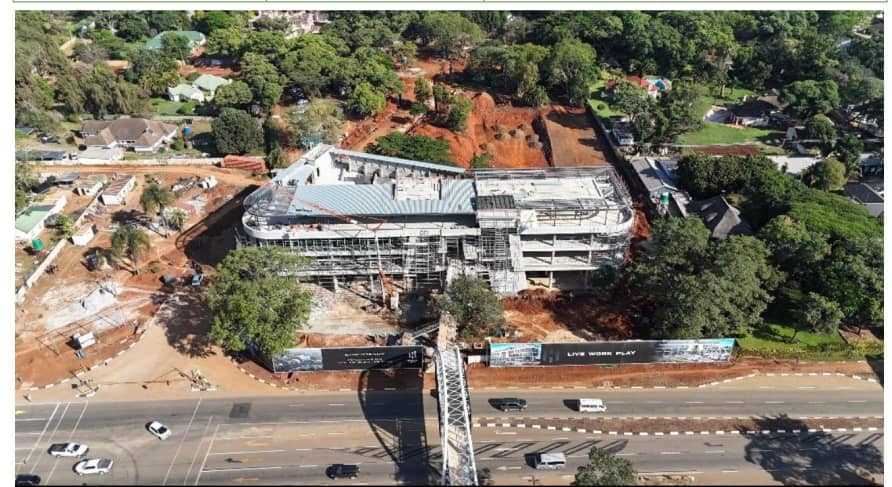
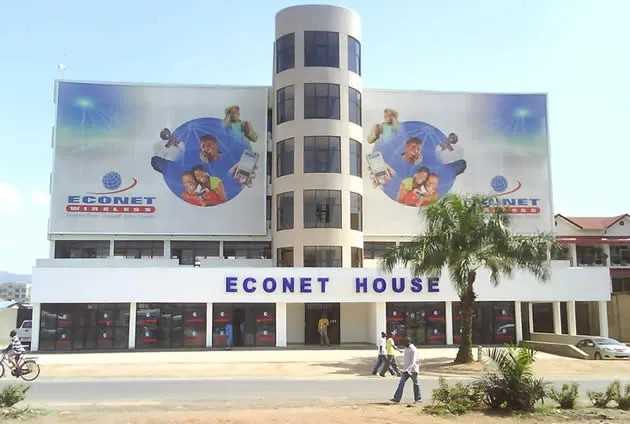





Leave Comments